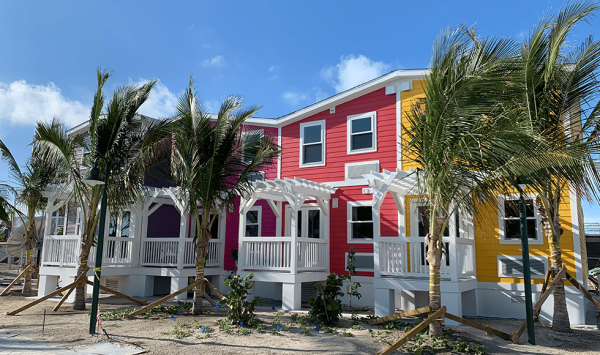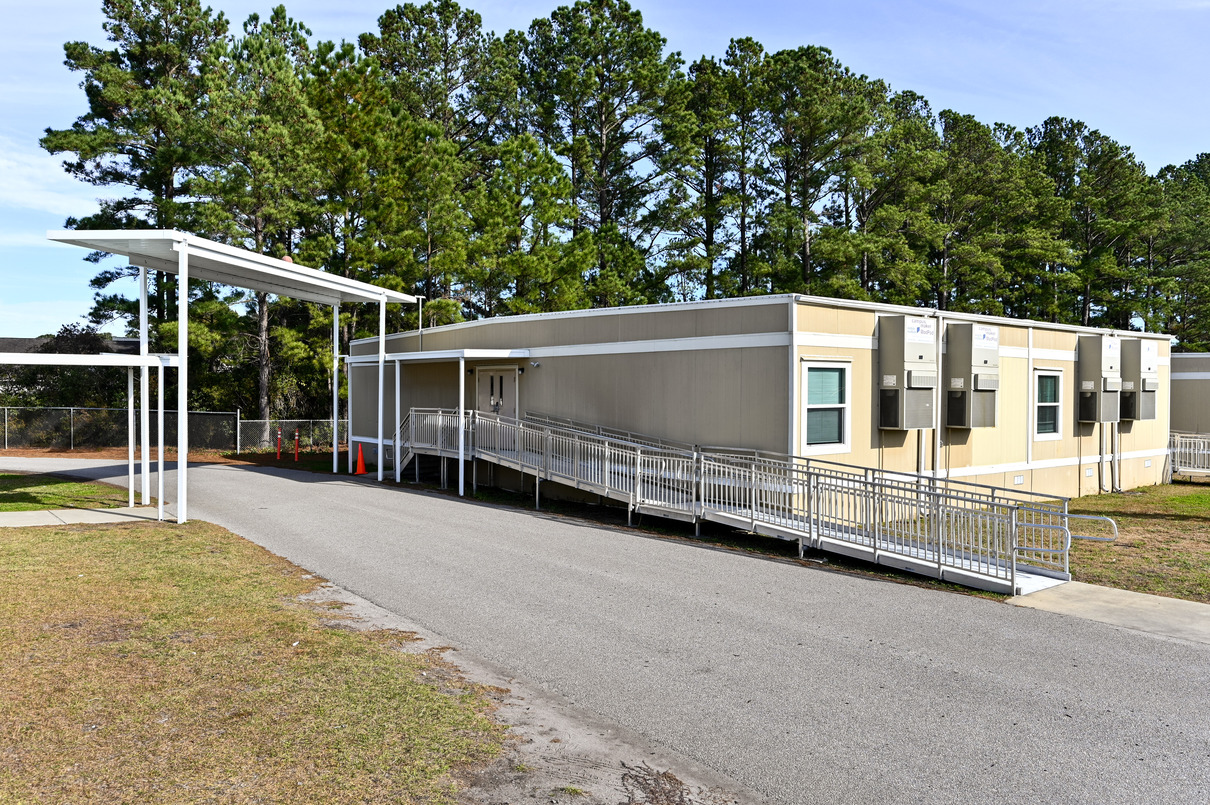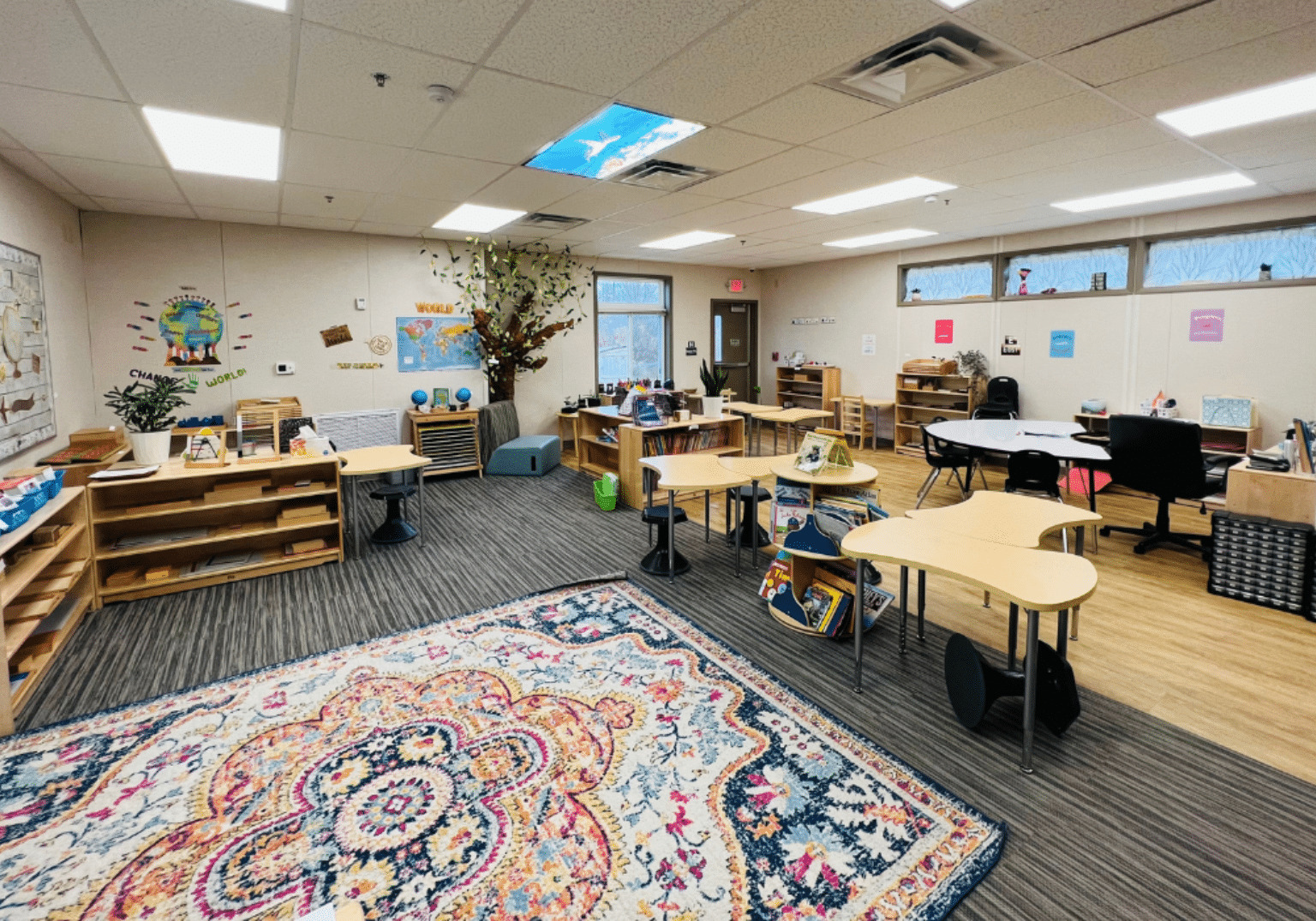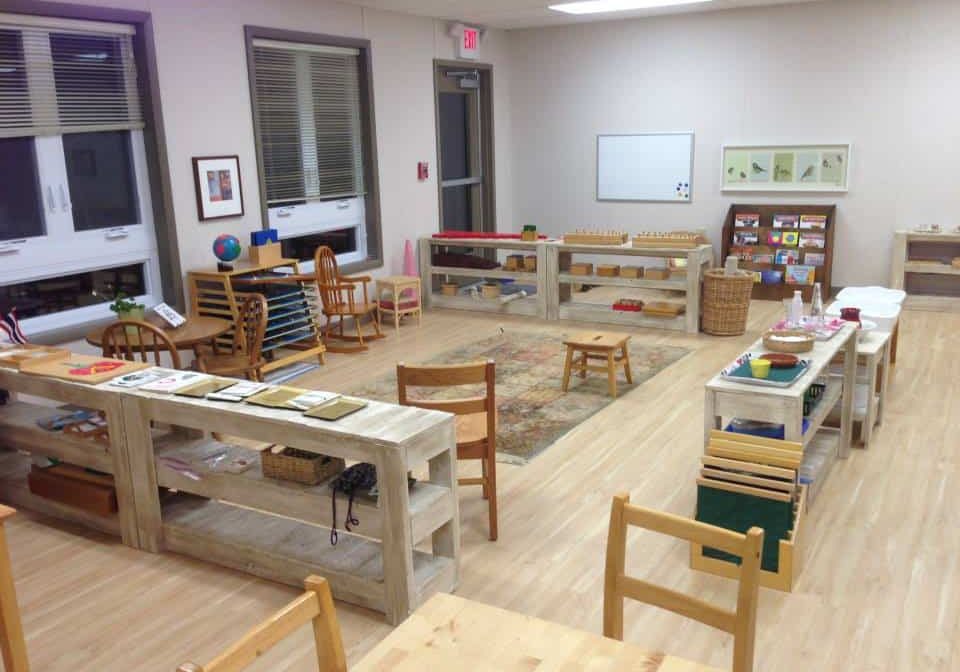You need more space. Your business or school is growing too quickly. Or, maybe you just need a better space that is updated, clean, and customized to give you, your staff, and your customers the experience they deserve. If you are having these conversations in your head, you need to try a modular building.
Working with a top tier modular building supplier or a modular building contractor will change the way you see the construction industry.
Wait, But What Is A Modular Building?
It is a prefabricated building that utilizes nearly completed modular units (modules) that are built and assembled offsite, shipped to your location, and then assembled for final installation.
According to Wikipedia and The Modular Building Institute (MBI), between 60% and 90% of the construction is completed at the offsite location.
Okay, So What Does This Do For Me?
We’re assuming that you read the title, “Better, Faster, Stronger.” The reason that modular buildings continue to be a growing trend all over the world is that they save what every buyer, developer, and shopper wants: Time and Money.
Defining Modular Construction
To describe how a modular structure does this, you’ll need a clearer understanding of what the modular construction process looks like. And we’ve made that possible with our guide to Modular Construction.
To briefly summarize, modular construction focuses on building and assembling as much of your modular building in an offsite, streamlined factory facility. This allows us to build your modules and develop your future building site and foundations, simultaneously.
In addition, because we transport all the individual modules to the site at 60% to 90% completion, the final installation process is an assembly, welding, and finishing process. This allows us to complete the install and restoration process at the same time.
A Layout of Your Time And Cost Savings
Your time savings are illustrated in the above image. Because, as we mentioned above, as opposed to site built or conventional construction, modular construction methods allow you to prep and finalize while your building is being assembled. This dramatically reduces the time it takes to complete your project schedule.
Estimates of surveyed modular construction companies reported a time savings of anywhere between 30 percent and 50 percent.
This optimization of construction speed and delivery results in a quicker time to occupancy. For developers and business owners, this means that you can start collecting the return on your investment sooner.
With the modular building construction facility being an indoor, controlled environment, we see several significant returns on investment aka cost savings for you.
- Workers don’t have to worry about working in or being delayed by inclement weather.
- Building materials are always available and can be purchased and kept in bulk. This cuts down on travel times and waiting on orders.
- Excess materials are not lost and can be repurposed or recycled.
Aren’t Modular Buildings Those Single Story, Portable Trailer Units?
Yes, this describes some of the modular buildings that you will encounter. What you’re most likely thinking of are our portable and mobile buildings. The most standardized, cost effective version of used modular buildings across the United States have the rigid, square structure you are talking about.
Schools, businesses, and government agencies will often lease these buildings out as highly affordable, temporary building options. And they can last a significant amount of time. Some modular building suppliers report that a temporary modular building can last 25 to 30 years with proper maintenance.
Oftentimes these buildings are only used for months to several years before it becomes more cost effective to look at a permanent modular solution.
Permanent Modular Buildings That Are Completely Customizable
Modular buildings are available in a spectrum of different construction and design complexity. This means that you can have a permanent modular building with any of the following attributes:
 Custom siding materials
Custom siding materials- Custom roofing design and materials
- Custom flooring
- Custom floor plans and layouts
- Multiple stories tall and units wide
- Data and internet connectivity wired in
- Full HVAC systems and climate controls
- Handicap accessibility features
- LEED certified
- Tall ceilings
- Perfectly match your other buildings
And the list of customizations goes on and on.
Will A Modular Building Stand The Test of Time?
Modular buildings are durable, in fact, a FEMA study found that modular developments sustained minimal damage compared to site-built structures during Hurricane Andrew.
But how long will they last?
The estimated lifespan for temporary modular buildings according to multiple modular building companies is 25-30 years and permanent modular buildings are 50+ years. The Modular Building Institute reported in its 2019 Annual Report that Modular Buildings have the same, if not a slightly longer, expected lifetime than their counterparts.
Permanent buildings last longer because they’re not being picked up and carted around as often. They’re also made of denser, stronger, and often higher quality materials.
Like any other type of building or home ownership, it’s about consistently maintaining and constructing your building.
Commercial Modular Buildings
The flip side of residential is commercial. These modular buildings come in a wide variety of options and can serve almost any industry type.
Our two most popular building options are modular offices and modular classrooms.
Modular commercial buildings are designed for:
- Small and large businesses,
- Schools,
- Startups,
- Government agencies,
- Emergency services departments,
- Churches,
- Military branches,
- Cruise lines,
- Hoteliers,
- Apartment developers,
- Construction and trades,
- Etc.
The reason modular buildings make such a great option for businesses is that they offer both temporary and permanent solutions.
That means if your business is strapped for cash, then you have the option of expanding your square footage temporarily with a lease or rental option.
Temporary options also provide commercial trades and construction companies with the ability to supply their employees with mobile offices and shipping containers for storage. Once their project is complete, they can transport the relocatable building to the next construction site or return it back to the modular building supplier.
Quality Control For Modular Buildings
It’s important to note that modular buildings need to go through all the permitting and requirements for building codes that site-built buildings do. This includes a strict adherence to state and local regulations.
The permitting process is slightly different during the building process since permits can be awarded in the factory as the modules are being built.
This, plus the standardized assembly in a controlled environment ensures high quality standards are executable.
Speak With A Modular Building Expert
If you’d like to learn more, contact us or select “Get a Quote” and fill out the form. Let us show you why Mobile Modular was named the fastest growing construction company in the country.
We service all 50 states, the Caribbean Islands, and parts of Canada.





